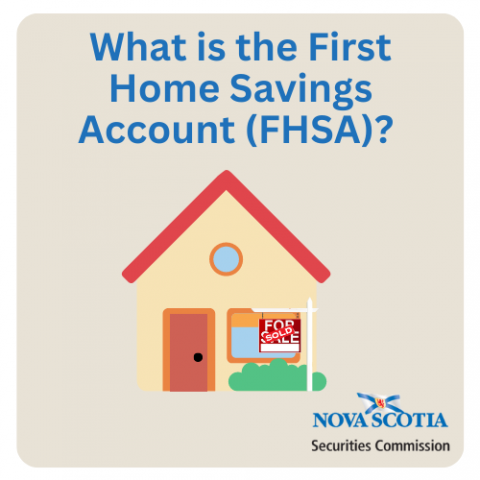Submitted by nsscadmin on

The Government of Canada introduced the First Home Savings Account (FHSA) this year. The FHSA is a new registered account that can hold cash and securities. As the name suggests, it is a registered account to help Canadians save for their first home.
Canadians can open an FHSA when they turn 18 or 19 depending on the age of majority in their province. In Nova Scotia that is 19, but if you’re outside Nova Scotia, check to see what the age limit is in your province.
Like a Tax Free Savings Account (TFSA), the FHSA has a yearly contribution limit. For 2023 the limit is $8,000. The FHSA also has two key limits. The first one is a lifetime contribution limit of $40,000. The second limit is a two-part time limit where the FHSA can only be opened for 15 years and cannot be held open by anyone over 71 years old.
Like a TFSA, unused contribution room carries forward to the next year. Unlike a TFSA, contribution room does not automatically begin carrying over once you turn 18. Carry-forward contributions begin accumulating only after you’ve opened an FHSA. Another way an FHSA differs from a TFSA is that contributions are tax-deductible.
The definition of a first-time home buyer under the FHSA is someone who has not resided in a home they have owned in the previous four years.
Securities that can be held in a TFSA can also be held in an FHSA. This includes stocks, bonds, mutual funds, exchange-traded funds, and GICs. For a full list of what can be held in an FHSA contact the Canada Revenue Agency.
If you end up not buying a home, the contributions made to an FHSA can be transferred tax-free into an RRSP.
